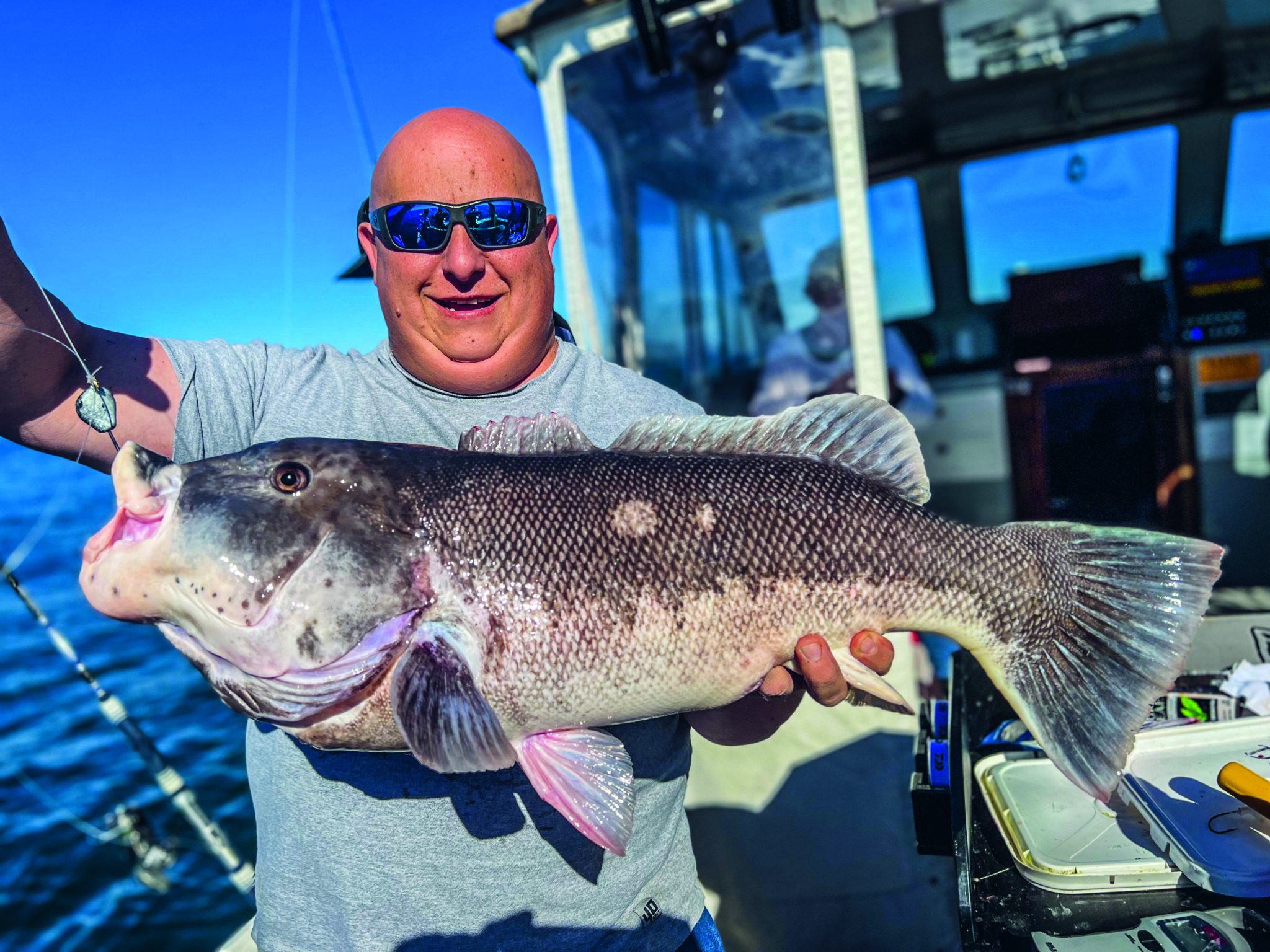As autumn approaches, tog fishing enthusiasts are eager to maximize their catch. This article explores the two dominant tog presentations – jigs and rigs – providing valuable insights to conquer the fall season.
The Rise of Tautog Jigs:
Tautog jigs have become a popular choice in recent years, offering a lighter tackle, more finesse-oriented approach. Here’s a breakdown of key features to consider when selecting a tog jig:
- Hook Choice: Strong, wide-gap hooks with sharp points are essential for effective penetration and holding power. Brands like Owner, Matzuo, VMC, or Mustad are popular options.
- Jig Design: Look for jigs with minimal drag, a stable base, and an upward-facing hook for optimal presentation. Banana and boxing-glove styles are commonly favored.
- Color Considerations: While color might not be a top priority, some anglers prefer jigs with natural crab patterns or glow features. Ultimately, the bait itself is likely more attractive to tog.
- Sharpness Reigns Supreme: A sharp hook is crucial for both jigs and rigs. Regularly check and sharpen hooks to ensure optimal performance.

Mastering the Tautog Jigging Technique:
Fishing a tog jig effectively requires finesse. Here are some key tips:
- Light Bait Presentation: Use minimal bait, like half a crab, to reduce drag and allow for a natural presentation.
- Subtle Movement: Ideally, the bait should flutter slightly just off the bottom, mimicking natural prey.
- The Bite: A tog taking the jig will often cause the line to go slack or show subtle movement. Patience is key – wait for the definitive pull before setting the hook.
- Leader and Line Selection: Lighter lines (15-30 lb braided) with fluorocarbon leaders (30-40 lb) are preferred for jigging due to their reduced drag.
When Jigs Fall Short: Enter the Tautog Rig
While jigs excel in many situations, rigs offer advantages under specific conditions:
- Strong Currents: Heavy currents can make it difficult to keep a jig on the bottom. Rigs, with their heavier sinkers, maintain better contact.
- Deep Water Fishing: Deeper depths often call for rigs to ensure the bait reaches the bottom effectively.
- Large Bait Preference: When using larger baits, rigs provide a more suitable presentation.
- Stationary Bottom Fishing: Rigs are ideal for classic bottom fishing tactics, where the angler waits for the telltale “tap-tap-tug” before setting the hook.

Rig Construction and Fishing Techniques
Rigs typically utilize a heavier tackle setup compared to jigs. Here’s a basic rundown of choosing and fishing a tog rig:
- Rod and Line: A conventional rod with a stout backbone is commonly used with 40-50 lb braided line and a heavier fluorocarbon leader (50-80 lb).
- Rig Styles: Snafu, slider, and single-hook rigs are all popular options, offering versatility for different bait presentations.
- Feeling the Bite: Unlike jigs, the presence of a sinker with the rig allows for a more distinct “tug” when a tog takes the bait, making it easier to set the hook.
The Takeaway: Choosing the Right Weapon
Both jigs and rigs have their merits in tog fishing. Understanding the strengths and weaknesses of each approach, along with the specific fishing conditions, empowers anglers to make informed decisions and maximize their fall tog success.
Images/Source: OnTheWater





